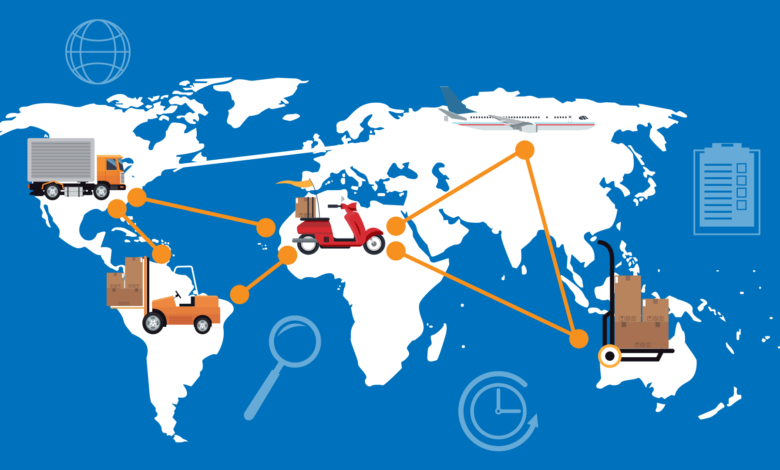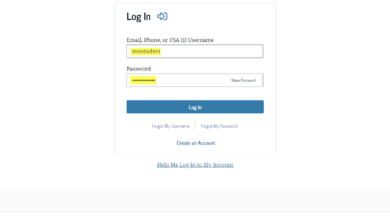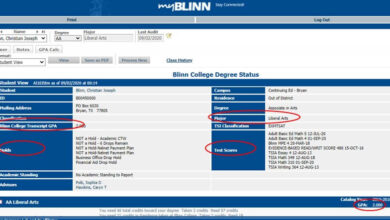
Retailers today face increasing pressure to keep operations efficient while delivering seamless customer experiences across all channels. A critical yet often overlooked area is the integration of supply chain systems with customer engagement tools. By leveraging smart software solutions, businesses can gain greater visibility, improve fulfillment, and drive customer satisfaction.
Why Integration Matters in Retail Supply Chains?
Modern retail runs on data. But when data sits in silos—inventory in one system, marketing insights in another—it creates bottlenecks. Integrated systems help synchronize everything from demand forecasting to product delivery, ensuring that every touchpoint reflects real-time information.
This is particularly important in omnichannel retail, where customers expect consistency whether they shop in-store, online, or via mobile.
Key Benefits of Integrating Supply Chain and Customer Engagement Tools1. Real-Time Inventory Accuracy
With integrated systems, inventory levels update instantly across platforms. This ensures:
- No stockouts during promotions
- Fewer overselling issues
- More reliable product availability info for customers
2. Smarter Order Fulfillment
Integration eliminates manual handoffs between departments. Orders are processed faster, routed more accurately, and fulfilled based on stock proximity—leading to:
- Shorter delivery times
- Reduced shipping costs
- Better customer satisfaction
3. Data-Driven Personalization
Customer engagement tools thrive on data. When connected with supply chain systems, retailers can personalize outreach based on real availability, shipping times, and even restock predictions. For example:
- Recommend in-stock alternatives when a product is unavailable
- Alert customers when a previously out-of-stock item returns
- Adjust promotions based on warehouse inventory levels
4. Improved Demand Forecasting
When marketing data, sales trends, and inventory stats flow into a unified platform, demand forecasting becomes far more accurate. That allows for:
- Better purchasing decisions
- Smarter stock allocation
- Reduction in excess inventory
5. Operational Cost Savings
Automated workflows and data sync between systems reduce time spent on manual tasks. That translates to:
- Fewer errors and returns
- Less need for administrative labor
- Streamlined operations across the board
Choosing the Right Tools for Integration
The first step in integrating your supply chain and marketing stack is selecting tools that support open APIs and data compatibility. For international businesses, it’s also important to consider scalable systems that support cross-border operations.
One effective option is using exporter importer software, which can bridge the gap between logistics and digital retail environments. These platforms often come equipped with automation features that reduce manual input and improve compliance.
Final Thoughts
Retailers that want to stay competitive need to think beyond isolated tools and move toward fully integrated ecosystems. Supply chain and customer engagement platforms are stronger together. When aligned, they unlock smarter operations, better customer experiences, and long-term growth potential.




